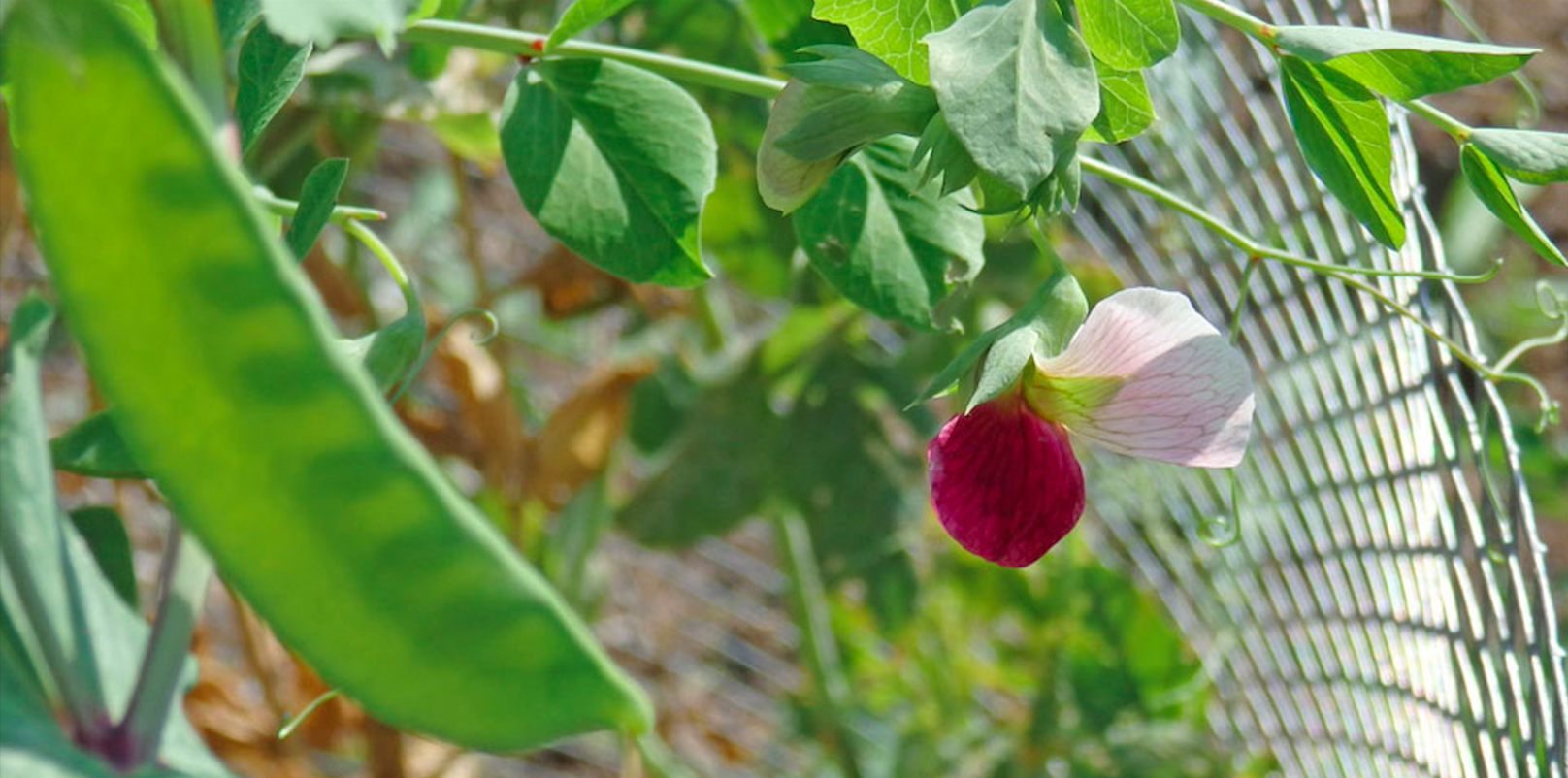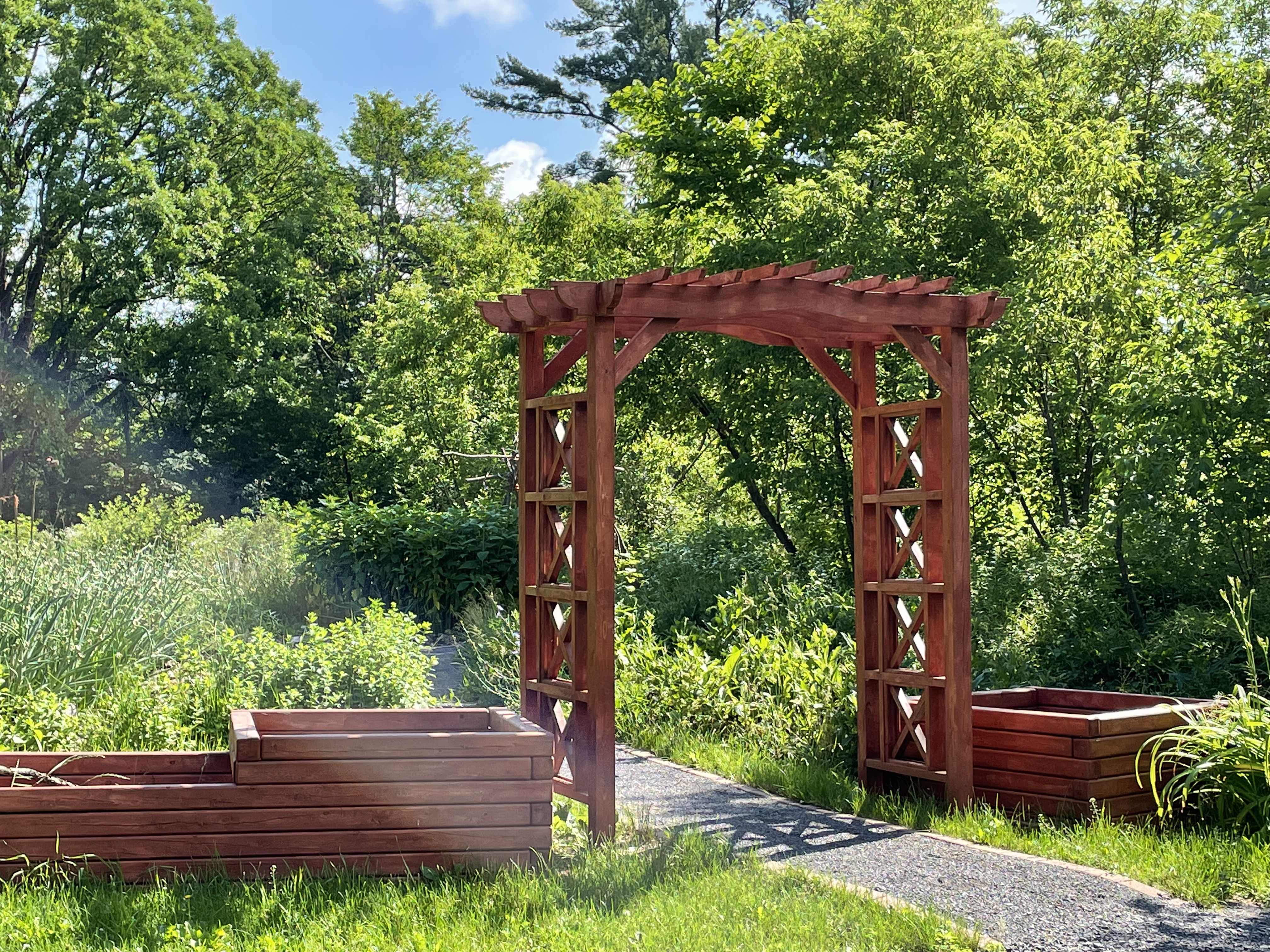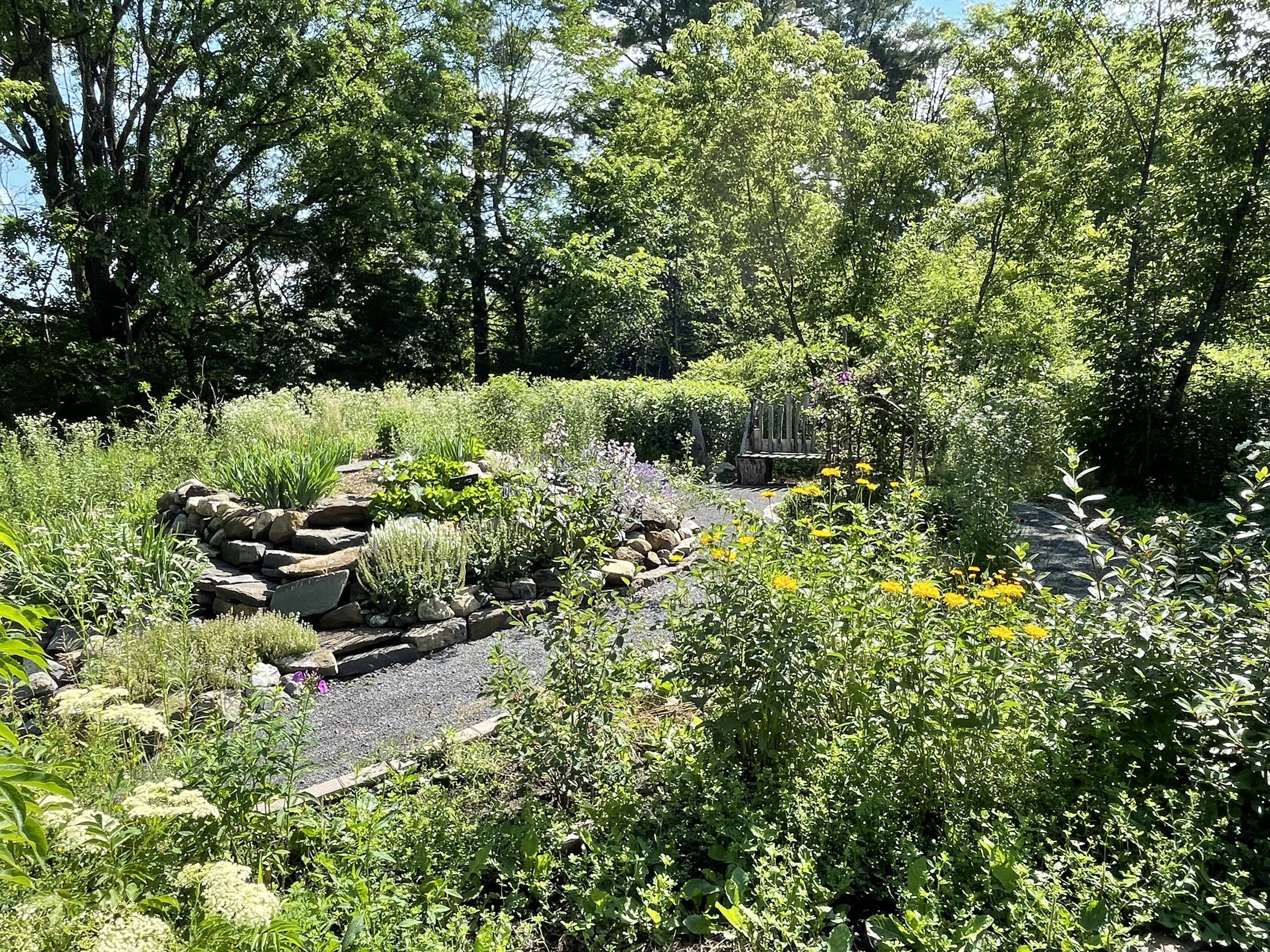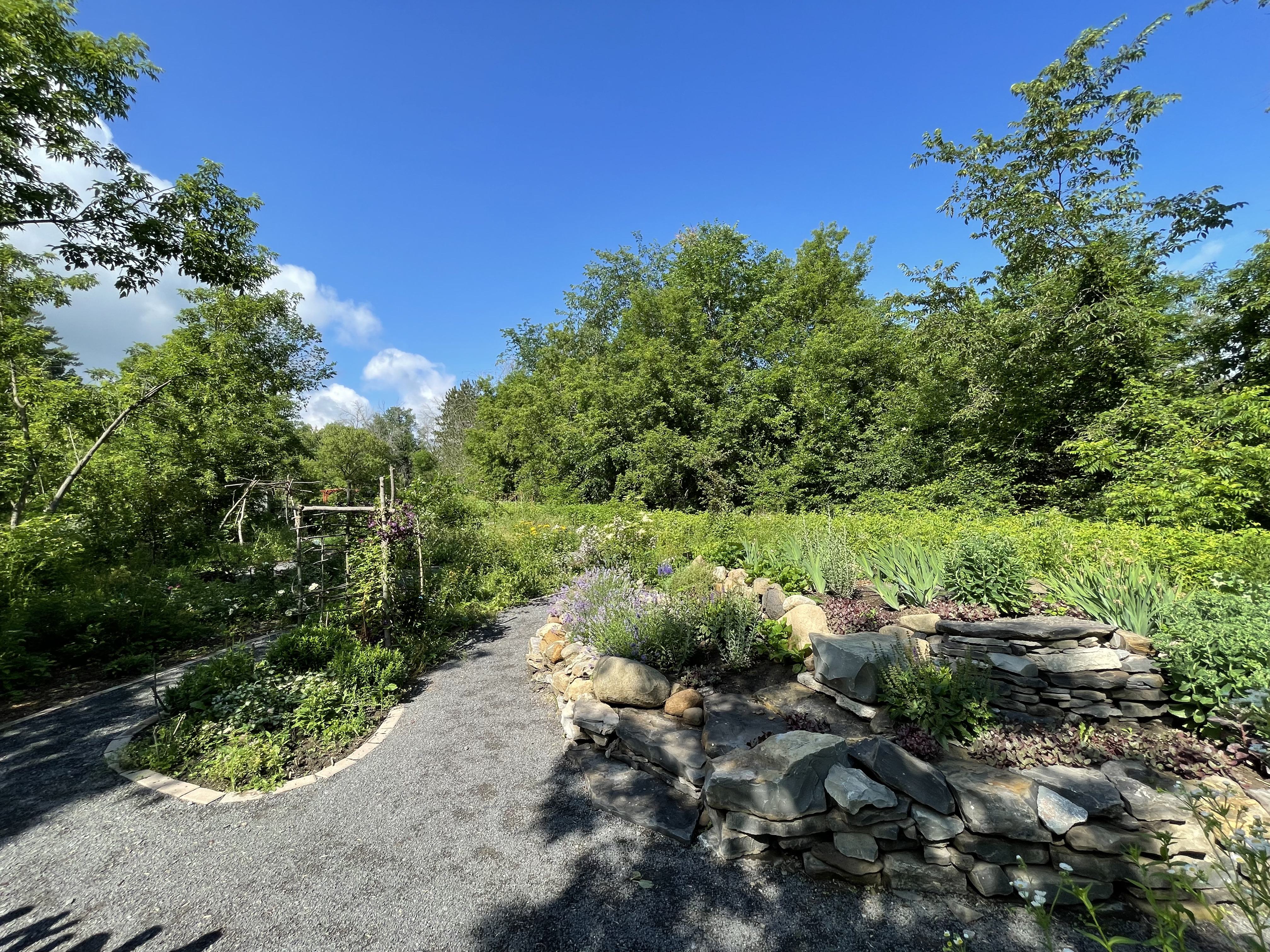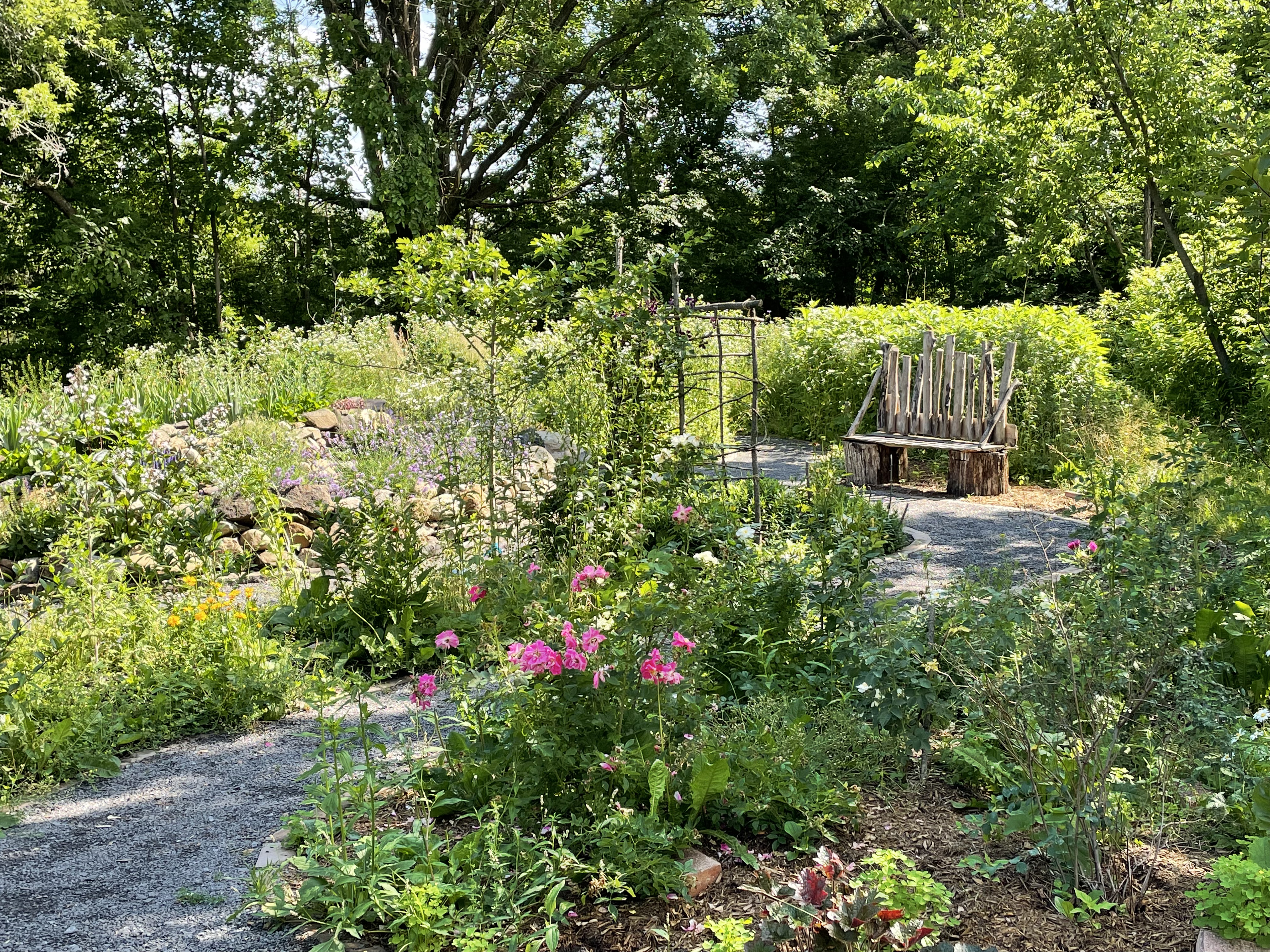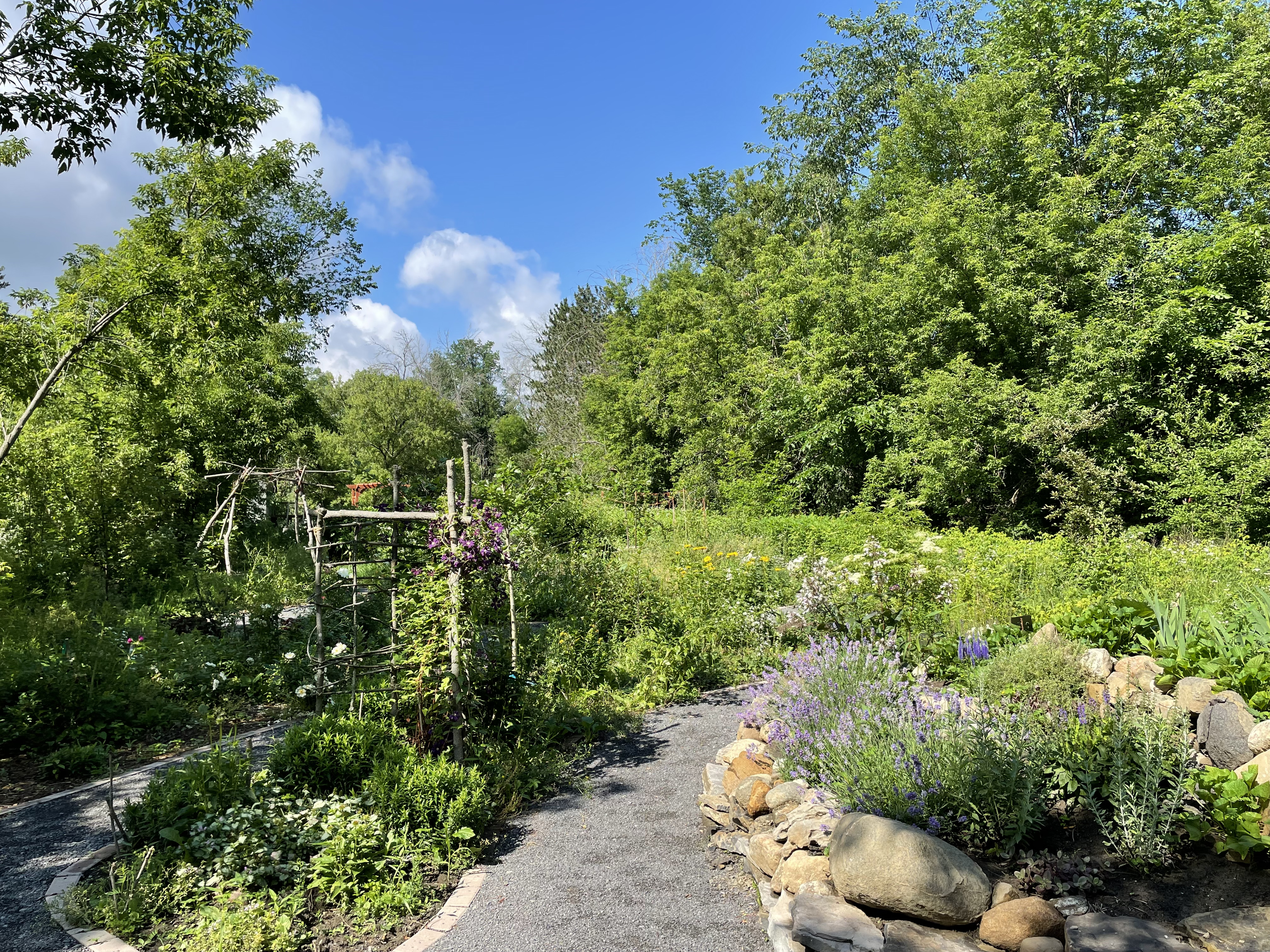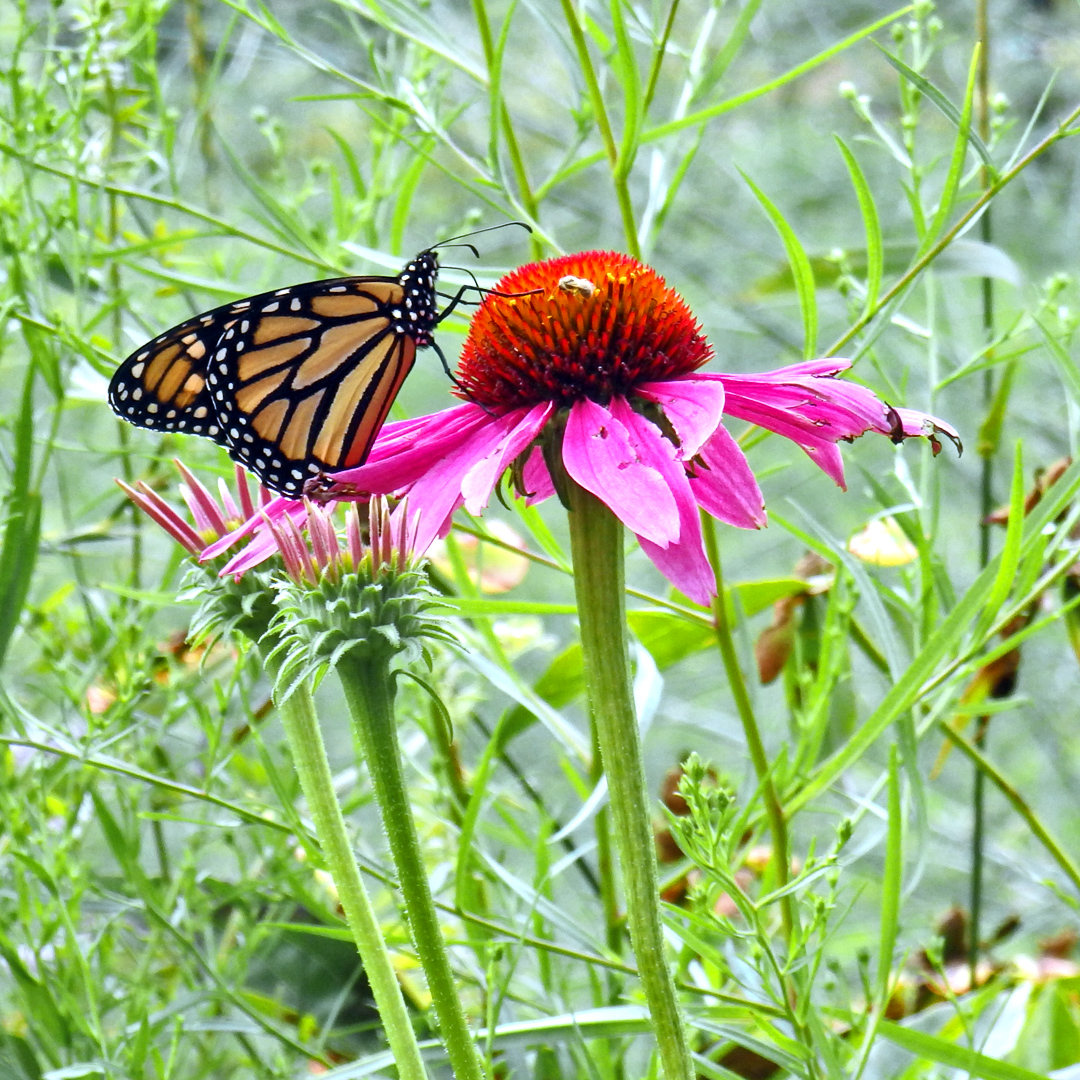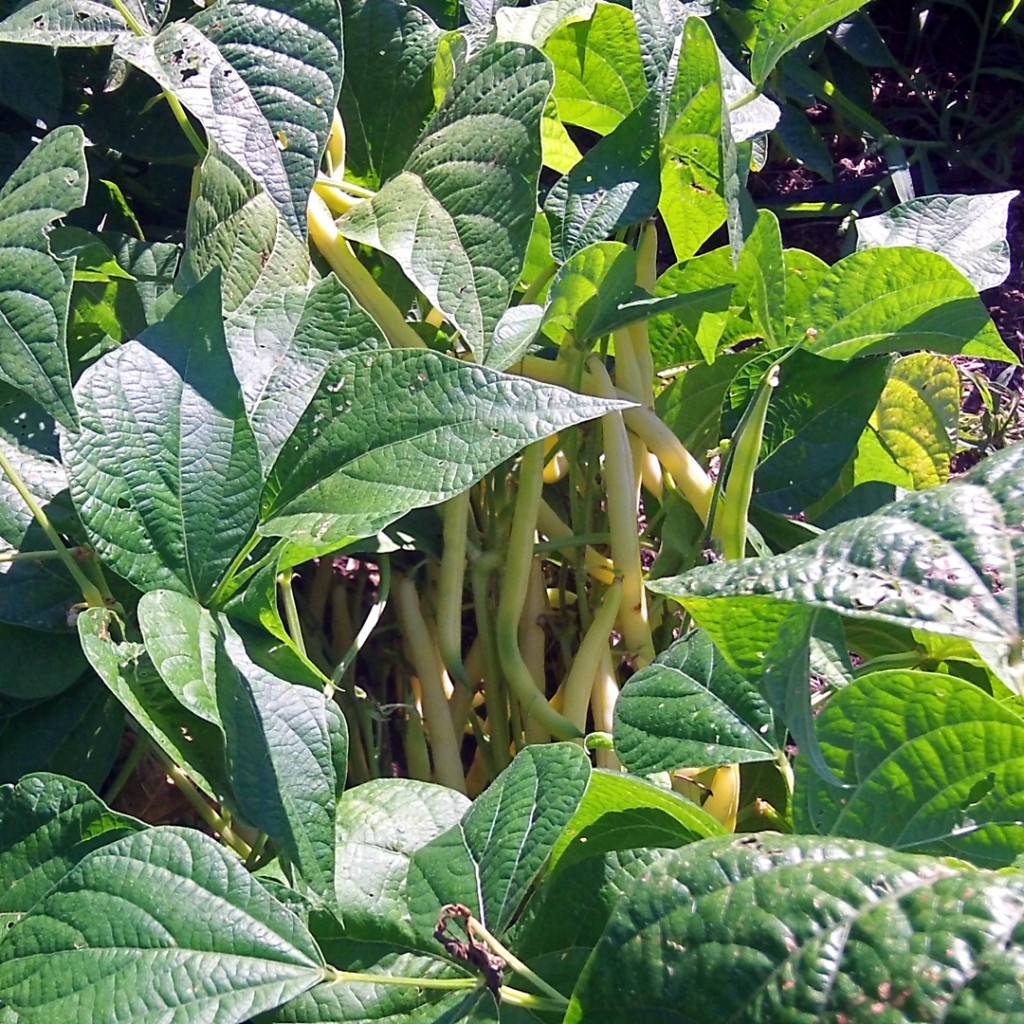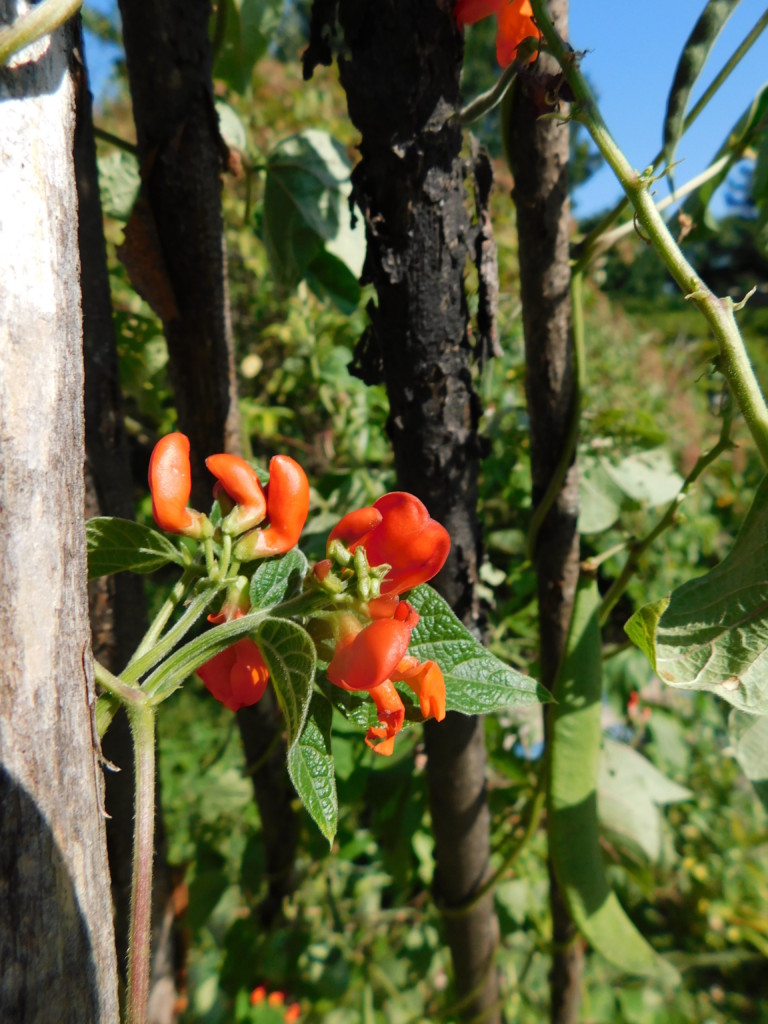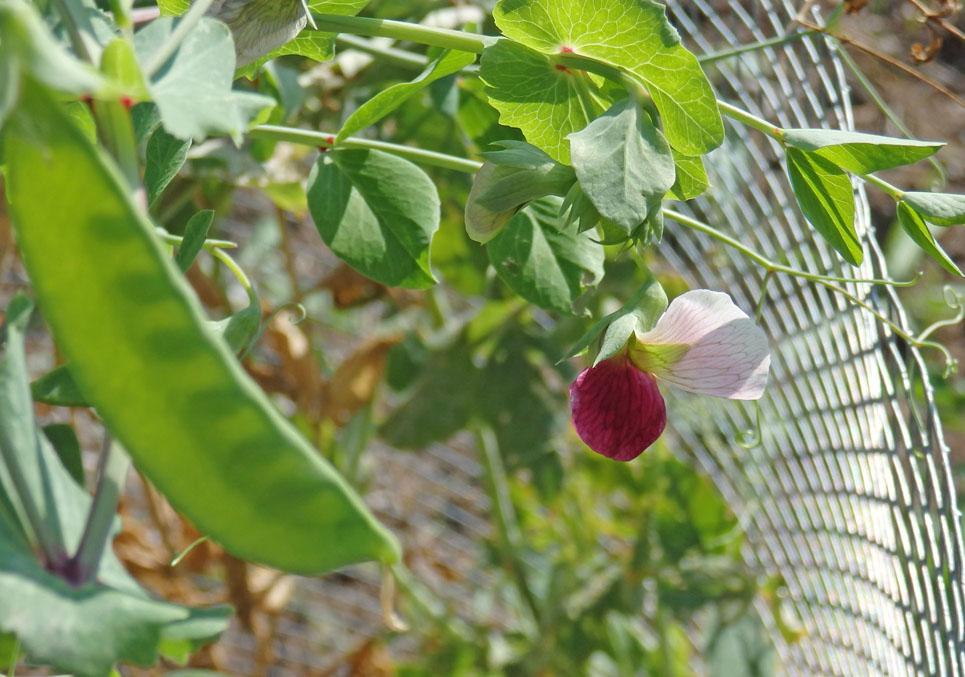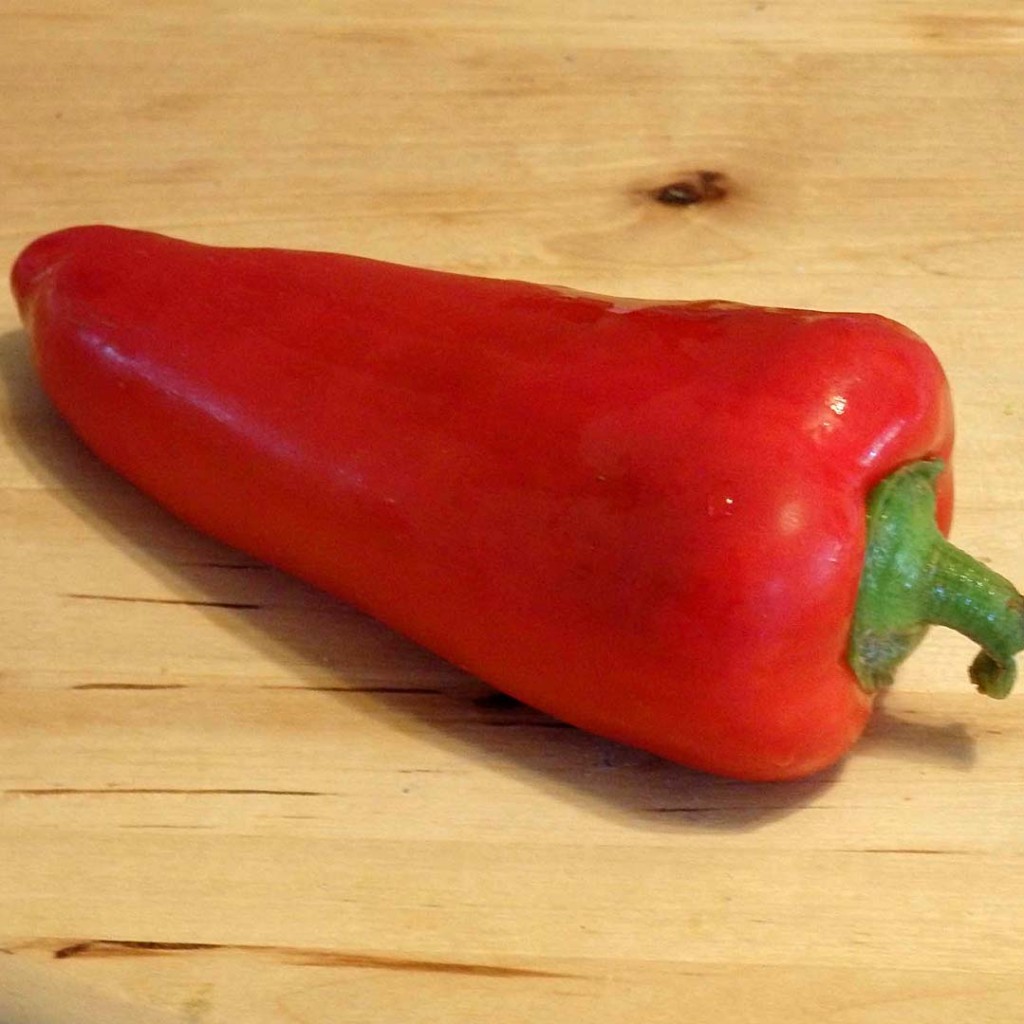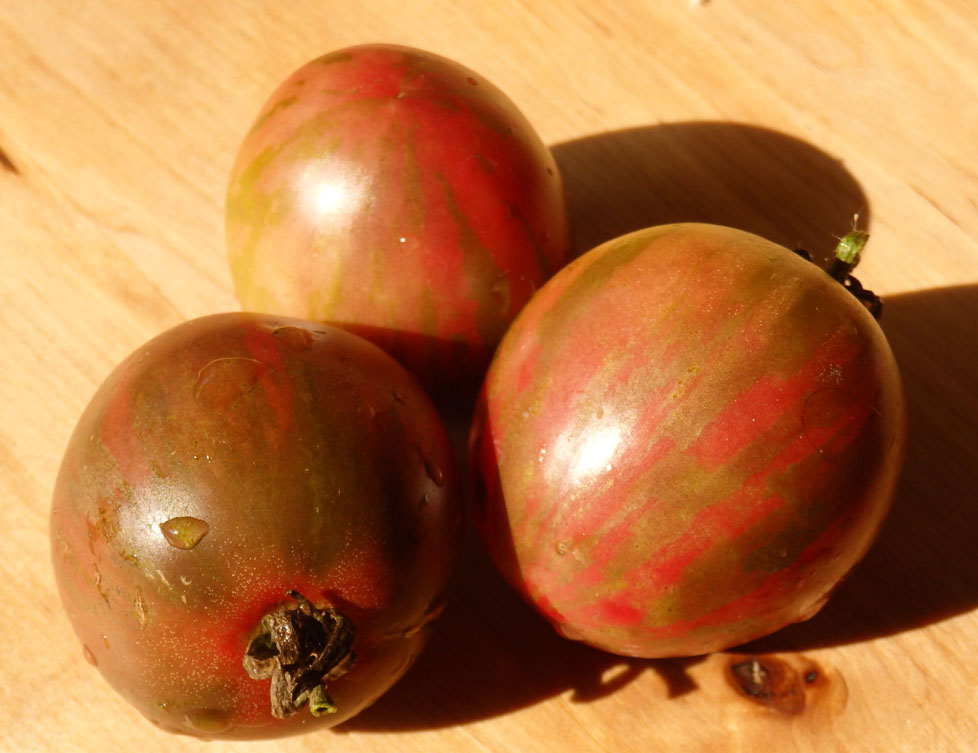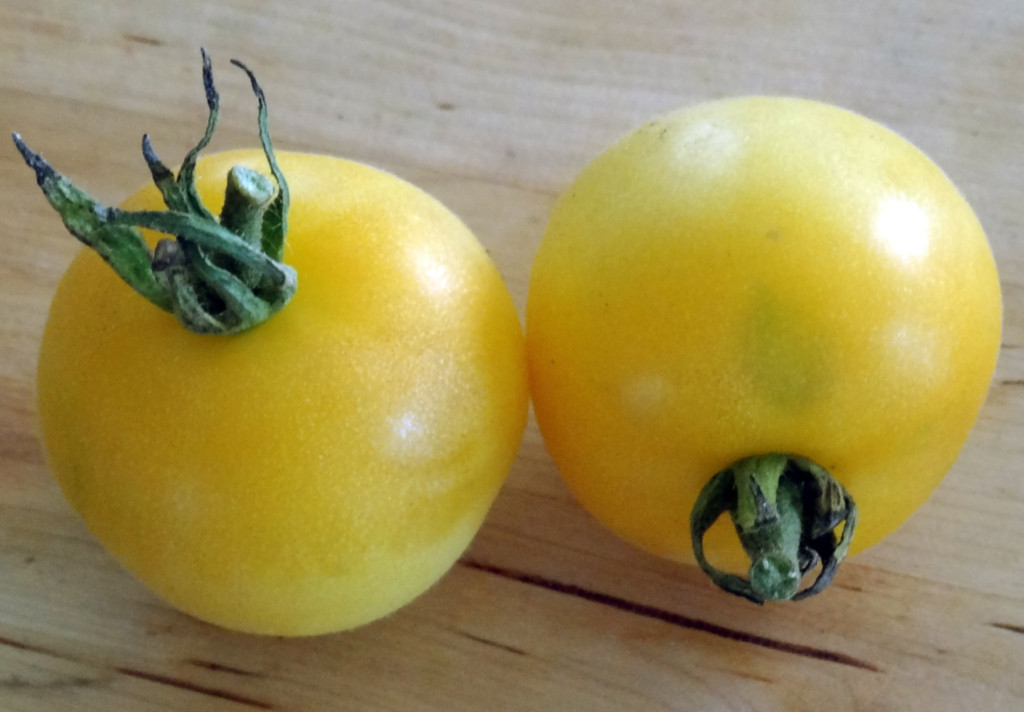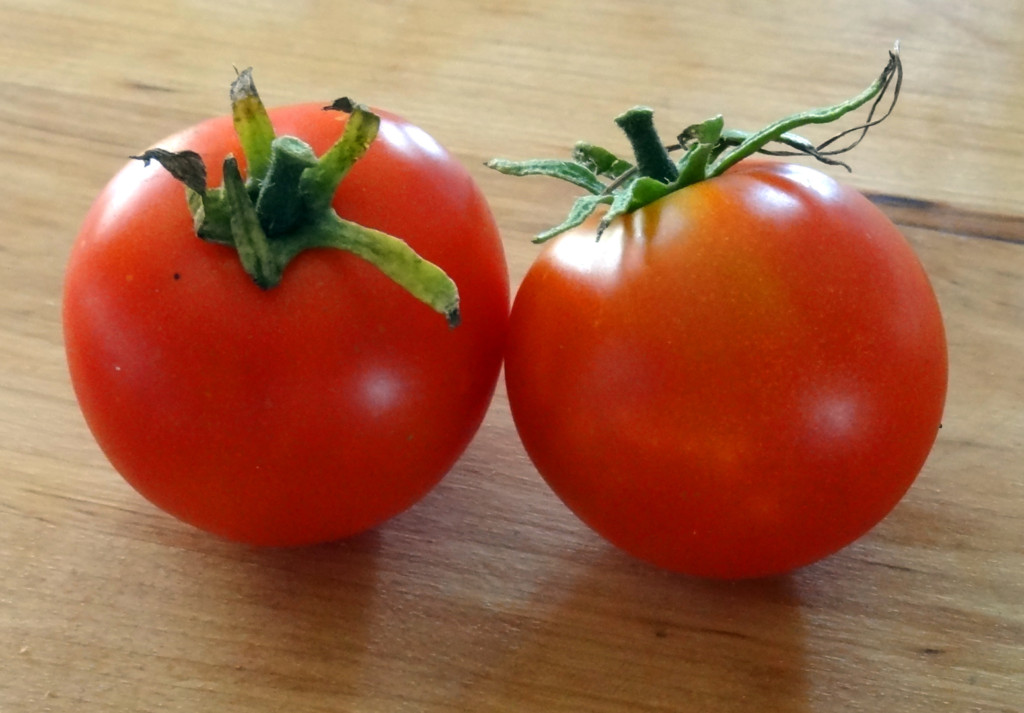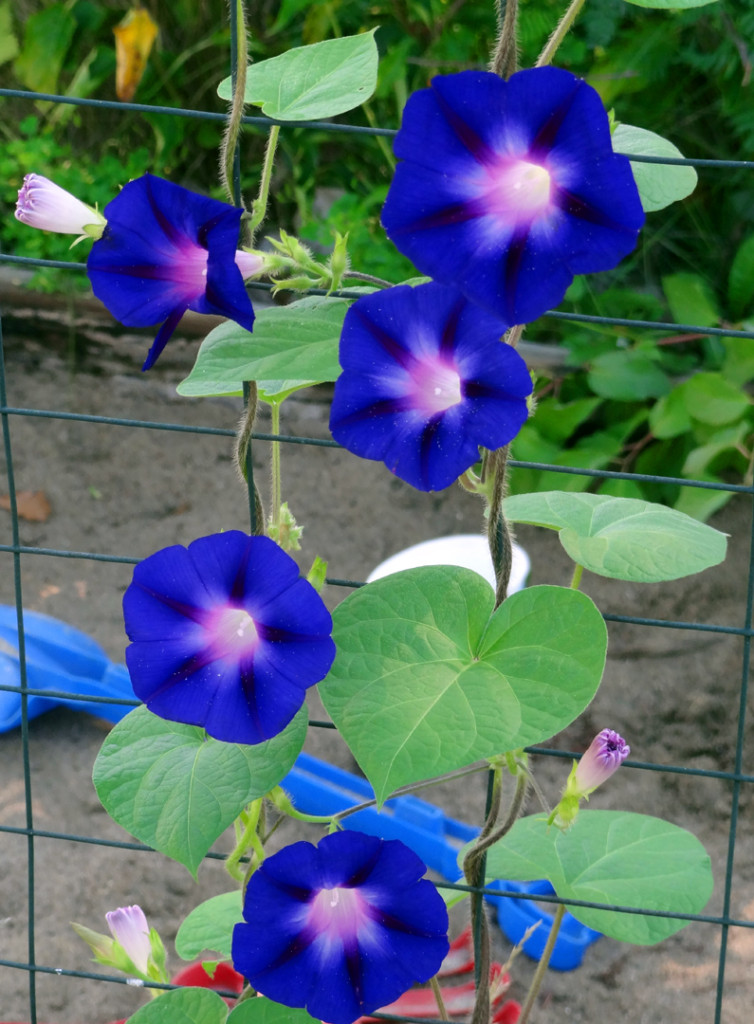SEED SALES ARE CLOSED UNTIL SPRING 2022!!
Certified organic, heritage seeds — the perfect fit for a historic environmental centre!
Tucker House began its first seed garden in the spring of 2015. This was a trial garden based on passionate volunteer work. The garden, though small, was mostly successful, yielding 25,000 seeds, including a “rescued” heritage variety of bean saved by local gardeners for generations. We follow seed saving guidelines and good practice learned through several trainings (with help from Bauta Family Initiative on Canadian Seed Security). We harvest seeds from heirloom and open-pollinated vegetables, fruits and flowers and we pledge that we do not knowingly buy, sell, or trade genetically-engineered seeds or plants.
Our garden is certified organic by Ecocert Canada.
We taste most products to make sure the quality remains in the seed gene for every future plants! We are proud to be part of a growing community of gardeners who preserve the past for a greener future. We want to share our gardening passion with you by offering our heritage varieties for sale.
Email community@maisontuckerhouse.ca to order!
Beans
Mille Gousse Yellow bean (50 seeds)
This bush string bean variety had been grown in Rockland for years in the garden of Ms Vinette before being given to us to maintain the variety. Directly sow seed in the spring 10 cm apart after all danger of frost and plant in succession for continual harvest.(50 days to maturity).
Scarlet Runner bean (25 seeds) *Out of stock*
A classic amongst gardeners for the beauty of the red flowers that attracts hummingbirds and the beans that can be eaten as snap, shell or dry beans. Once dried, the huge seeds are very colourful, violet-purple mottled in black. These beans like fairly cool weather. Vigorous vines grow over 2 meters and need to be trellised. Directly sow seed in the spring 4 to 6 at the base of each support after all danger of frost.
Jerusalem artichoke
Jerusalem artichokes (300 g of tubers) *Next harvest in the spring*
This wonderful vegetable is not an artichoke and does not come from Jerusalem. Also called Sunchoke, this perennial from the sunflower family is well suited for Nordic climate. The tubers look like ginger and can be eaten like potatoes, but the way my family prefers it is raw or lacto-fermented. It contains inulin, a type of prebiotic and has a medium glycaemic index. Plant as soon as the ground is workable in the spring or the fall about 20 cm apart and about 10 cm deep. Since this is quite a rigorous perennial, maintain by planting in a zone where you can mow around it.
Kale
Siberian Kale (100 seeds) Brassica napus pabularis.
Very big and productive kale variety producing blue-green curled leaves with white-veins. Tough enough for northern climate, this variety can be harvested long after the first frost of Fall. Tender and delicious when harvested young, you can plant them after the last frost (25 days). For a full-sized plant and early harvest, start inside 6 to 8 weeks before the last frost.
Onions
Egyptian Walking onion (15 bulbs) *Out of stock*
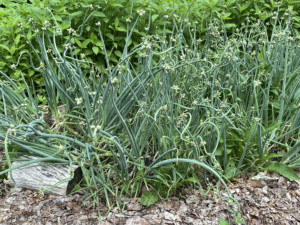 This onion is quite small but full of flavours. The bulb divides during the season as well as making bulbils at the top of the central leaf. As this is a perennial, your garden is likely to be filled with onions in a few years. Benefit from its insect repellent trait and small size to plant it among other vegetables! You can plant them as soon as the ground is workable in the spring or in the fall about 15 cm apart.
This onion is quite small but full of flavours. The bulb divides during the season as well as making bulbils at the top of the central leaf. As this is a perennial, your garden is likely to be filled with onions in a few years. Benefit from its insect repellent trait and small size to plant it among other vegetables! You can plant them as soon as the ground is workable in the spring or in the fall about 15 cm apart.
The bulbils are harvested in late August and are ready to be shipped then. Due to the increased demand for these onions, we offer them on a “first come, first serve” basis and limit to what we expect to harvest.
Email as soon as possible to reserve your onions for the next harvest.
Peas
Sugar Snap pea (50 seeds) * Sorry, out of stock!*
Pisum macrocarpon. Wonderfully sweet and crunchy, Sugar Snap is a snap pea which means you can eat the juicy and plump pods too. Harvest is continuous for a few weeks. Requires support as its height is 5 to 6 feet. Sow directly in the ground every 2-3 cm, 2-3cm deep 4 to 6 weeks before last spring frost or as soon as soil can be worked.(Maturity 65 days).
Dwarf Gray (or Grey) Sugar Pea (50 seeds)
Pisum sativum macrocarpon. The 6 cm (2.5″) long fibre-free pods are light green, curved, sweet and very tender. For best quality, pods must be harvested before they develop large peas. At only 60-75 cm (24″-30″) tall, this good yielding pea does not need staking and is often grown as an ornamental for its pretty purple flowers. These attractive sweet pea-like flowers are edible and can be use to garnish salad. This old heirloom variety has been in production since before 1773. I believe their name is partly due to the stone appearance of the dried seeds- quite cute! Need 60-75 cm high trellis. Sow directly in the ground 4 to 6 weeks before last spring frost (Maturity 65 days).
Peppers
Lipstick Sweet Pepper (25 seeds)
Certainly one of the best peppers to grow in our region as it matures rapidly. The fruits turning to glossy red, are sweet and juicy. Need to be planted indoors 8-10 weeks before last frost. Plant seedlings outdoors every 30cm after danger of frost has passed.
King of the North (25 seeds) *Limited inventory*
Chosen for cooler climates, King of the North is a great variety for those who loves blocky, thick-walled, juicy peppers each with three to four lobes. Known for its ability to produce good sized peppers in short, cool seasons. King of the North gives heavy yields of green and red peppers. Start indoors 8-10 weeks before last frost 6mm deep. Plant seedlings outdoors every 30 cm after danger of frost has passed.
Hot pepper – banana style (25 seeds)
Variety unknown – I had been looking for a hot pepper that is hot enough to be eaten directly (a bit like the marinated hot peppers found at the supermarket) and was given the seeds of this variety without a name attached. I like them so much, I am offering them here! Start indoors 8-10 weeks before last frost 6mm deep. Plant outdoors every 30 cm after danger of frost has passed.
Tomatoes
Big Orange Tomato (25 seeds)
Indeterminate. Orange from the inside – out with a taste of sunshine! One of the best tomatoes I have ever tasted. The type is beefsteak and the sweet fruit can grow over 1lb! Need to plant indoors 6 weeks before last frost, 13 mm deep. Plant outdoors 35 cm apart. Needs support.
Purple Zebra Tomato (25 seeds)
Indeterminate. These little saladette tomato came out as a surprise as this is not the variety that was planted. Nevertheless, we decided to keep them as they are full of flavour and beautiful. Start indoors 6-8 weeks before the last frost, 13 mm deep. Plant outdoors 35 cm apart. Need support.
Yellow Peach Tomato (25 seeds)
Indeterminate. The most delicious and interesting tomato I have ever tried. Sweet small tomato (bigger than saladette) with creamy texture and delightful slightly fuzzy skin. Start indoors 6-8 weeks before the last frost, 13 mm deep. Plant outdoors 35 cm apart. Need support.
42-days tomato (25 seeds)
Determinate. As the name implies, one of the earliest tomatoes to ripen in the garden (actually 45-50 days from transplant). Produce abundantly and fruits are small and tasty. Start indoors 6-8 weeks, 13 mm deep before last frost for early harvest (45-50 days). Plant outdoors 35 cm apart for supported plants, 60 cm for unsupported.
Amish Paste (25 seeds)
Indeterminate. Amish heirloom discovered in Wisconsin. Produces 6-8 oz. red fruits that are oxheart to almost teardrop-shaped. Meaty fruits are juicy and have really outstanding flavour. Good for sauce or fresh eating. Start indoors 6-8 weeks before last frost, 13 mm deep (85 days from transplant). Need support. Plant outdoors 35 cm apart.
Mountain Princess (25 seeds)
Determinate. Varying in size red tomato with crowd-pleasing mild sweet flavour. Very productive and early; great for short, cool seasons. A customer favourite for containers, six-pack sales & CSAs. Grown for generations in the Monongahela National Forest region of West Virginia. Start indoors 6-8 weeks before the last frost, 13 mm deep. Plant outdoors 35 cm apart for supported plants, 60 cm for unsupported.
Joy of Benary’s Garden (25 seeds)
Determinate. Cherry red tomatoes with an interesting history. Originally from Benary’s garden in Germany, this variety traveled abroad to the prairies over 40 years ago and was saved by Marilyn Letts family until she shared the seeds with us. Thank you Marilyn! Start indoors 6-8 weeks before the last frost, 13 mm deep. Plant outdoors 35 cm apart for supported plants, 60 cm for unsupported.
Rose de Berne (25 graines)
Indeterminate. No wonder everyone is raving about it, a delicious balance between sweet and tangy, Rose de Berne is resistant to cracking and produce heavily until the end of the season. This large Swiss heirloom beefsteak tomato is one of our new favourite! Start indoors 6-8 weeks before last frost, 13 mm deep (85 days from transplant). Need support. Plant outdoors 35 cm apart.
Cucumber
Tante Alice (aka Aunt Alice) (15 seeds) *limited inventory*
Tante Alice of Dorchester, Quebec develop this variety and harvested the seeds until she was 90 years old! With an excellent English cucumber taste, this variety is easy to digest. The fruits are better small and without the peel. Plant directly outside when sun has warmed the soil at the end of May up until mid-June in a depth of 2,5 cm (1″), 23cm (9′) apart in rows 90cm (36″) apart.
Flowers
Calendula Flower (25 seeds) yellow and orange. Cute flower that is about 20 cm tall. Edible and easy to grow since it reseed itself. Sow directly in the ground in the spring.
Morning Glory flower – Grandpa Ott’s (25 seeds) * Limited inventory*
Beautiful blue-purple climbing flower with lovely heart-shape leaves. Sow seeds in spring when danger of frost has passed.
Giant Striped sunflower (25 seeds) *Out of stock*
Giant to say the least. The seeds are the snacking type and delicious. Birds and squirrels love them too! Start indoors 4 weeks before last frost.
Money Plant (50 grains) Lunaria Biennis.
Money Plant is a biennial that is grown for the silvery white, flattened, disc-like seed pods. Plants bloom with clusters of lavender flowers in spring and make pods second summer after seeds are sown. The coin-shaped pods that are used in dried arrangements or beautiful by themselves. Seeds can be directly sown at any time from spring to fall but are easiest to plant in the spring. Sprinkle them on the earth and cover with a light coating of soil and water well.
To purchase your seeds, send an email to community@maisontuckerhouse.ca.
